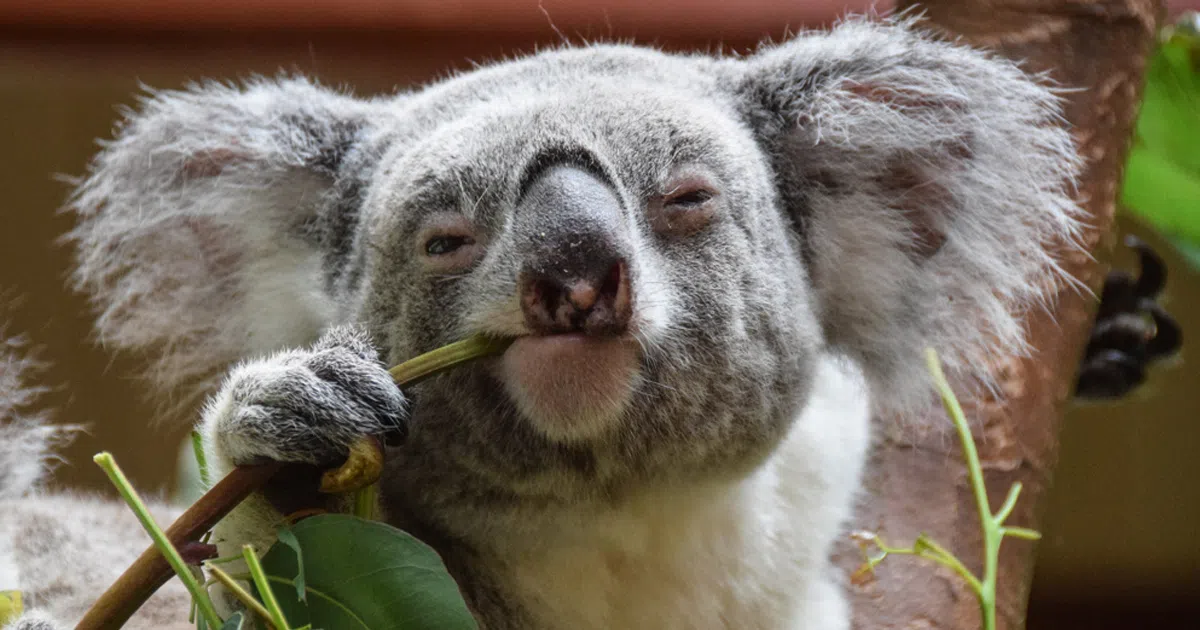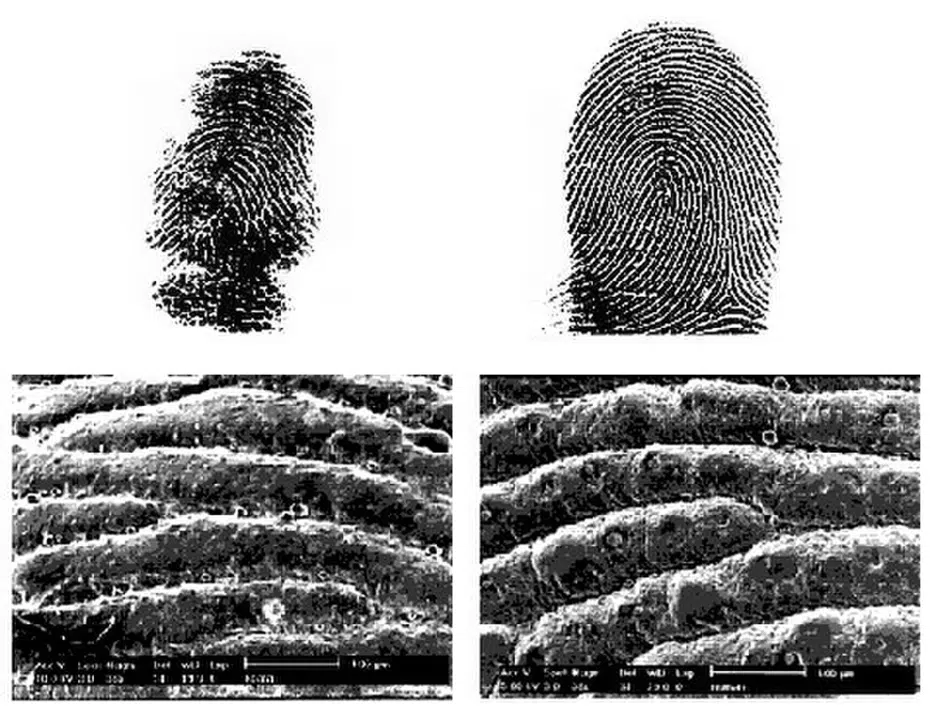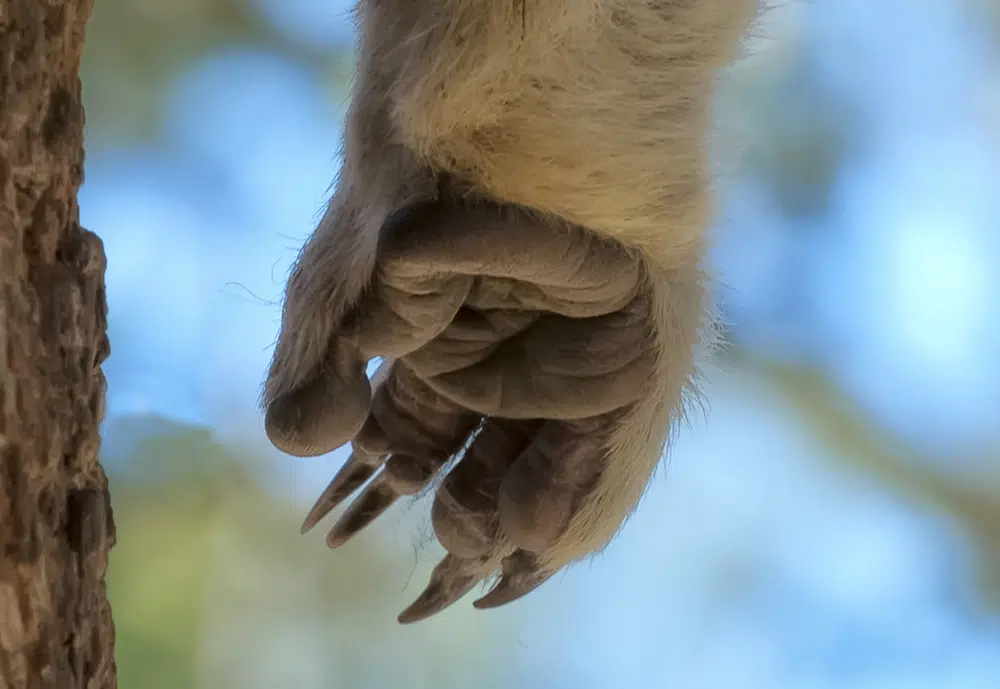Koala Fingerprints Are Almost Indistinguishable From A Human’s
Featured in Ripley's Believe It or Not!

Now, we’re often told that monkeys (or apes, if you prefer) are our closest living relatives. The similarities are a little too close for comfort at times, as anyone who’s seen those guys lazily scratching their hindquarters at the zoo will tell you.
There’s a real humanity about these gentle, hairy souls, and an astonishing intelligence too. In the famous case of Koko the gorilla, they were shown to have the capacity to understand 2,000 words of English and use a vocabulary of 1,000 words of sign language. That’s amazing enough, but how about this: the similarities between chimp, koala and human prints are so strong that the Australian police once feared they’d be mixed up at crime scenes!



